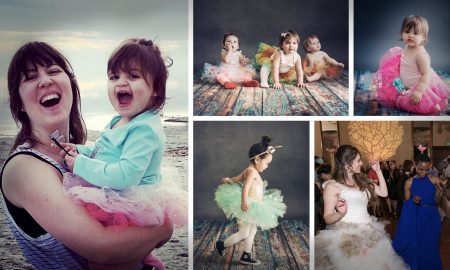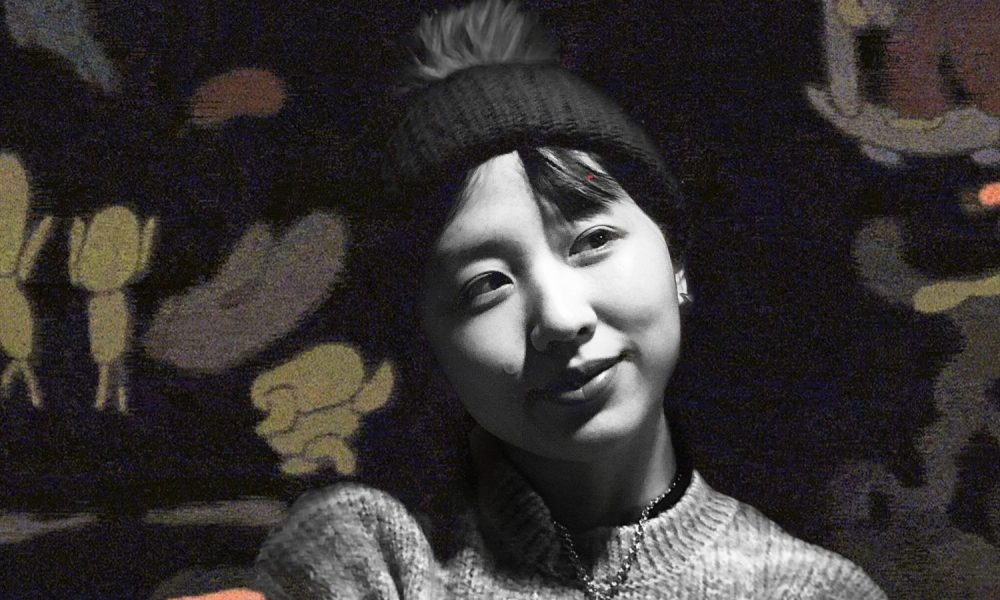

Today we’d like to introduce you to Yingdan Lai.
Hi Yingdan, thanks for joining us today. We’d love for you to start by introducing yourself.
As an animation director and current master’s student at the California Institute of the Arts, my expertise is in experimental narrative animation. My goal is to express intricate and subtle emotions through my creations, a style profoundly influenced by my upbringing and the local cinema of Chongqing, China, where I also completed my undergraduate studies. It is a thrill to share my journey and perspectives as an animator on Voyage.
Growing up as a typical kid with a passion for animation and film, this love drove me to enroll in an animation program at the Sichuan Fine Arts Institute in China. The four-year course laid a robust foundation, equipping me with not only filmmaking skills for live-action movies but also modern animation techniques. Specifically, I cultivated a practice of sketching ideas in 16:9 frames, visualizing the world within these frames as my creative canvas. I also endeavored to capture my interpretations of events around me that could be translated onto the screen. Central to my approach were persistent inquiries: How can these scenes be effectively portrayed on screen? How can I maintain a visually engaging narrative?
These questions prompted me to hone essential production skills right from the brainstorming phase, including keen observation, journaling, and self-acting demonstrations. These practices empowered me to not only design but dissect and understand the facial expressions and actions of my characters, aligning them with their intended emotions. I believe character portrayal is the cornerstone of my film projects.
Not only the critical reflection to the questions, but external influence had a huge impact on me as an animator. In China, my school often recommended selective themes for student projects, aligning with public interests like health awareness, community initiatives, or institutional promotions. This inspired my creation of “Goodbye, Rota,” a film raising awareness about Rotavirus. Its broadcast in local children’s hospitals was particularly meaningful. This experience taught me the importance of adhering to certain directives and guidelines and effectively incorporating them into my creative process.
My past experiences and ongoing projects have sculpted me into the animator and director I am today. It leads me to continually reflect: while I pursue my passions, how do they intersect with the communal interests of those around me? To clarify, my primary focus is not solely on public service; that is not my role. However, as an active citizen, producing and showcasing stories that others understand and sympathize can carry diverse and meaningful impacts.
Would you say it’s been a smooth road, and if not, what are some of the biggest challenges you’ve faced along the way?
Pursuing a career as an artist is challenging, especially when it involves consistently following one’s heart and creative instincts, a process that often leads to self-doubt. During my time at CalArts, while working on the film “Fish,” I faced difficulties with character design. Despite having made three films, I found that their character designs were too similar, leaving me uncertain about whether to innovate and create more unique characters. My mentor, Amanda, offered a fresh perspective. She did not view this as a struggle; instead, she suggested that it could be my unique form of expression, my signature style. This advice prompted me to explore how to express diverse emotions through my character, infusing different personalities into the character in varied situations to make it more lifelike and dynamic. This process became a reflection of me and a means for my voice to be heard. Amanda was a source of encouragement during my initial year in the U.S., and I am grateful for her support, which has allowed me to embrace my true self. Despite the numerous challenges on my artistic journey, the support I have received and my persistence have transformed these obstacles into cherished experiences that continue to inspire and strengthen me.
Can you tell our readers more about what you do and what you think sets you apart from others?
I am a 2d animation director, specialized in experimental narrative films.
My first film, “Little Dan,” narrates the story of an individual reminiscing about their carefree childhood amidst the complexities and monotony of adult life. This film is animated frame by frame with various animating techniques such as hand-drawn camera movements, straight-ahead animating without drawing key frames, and complicated weaving loop animation. The film was honored with a selection at the Beijing Feinaki Animation Week. My practice of chronicling life — capturing experiences, observations, and perceptions — has been ongoing. “Little Dan” essentially represents a compilation of these personal reflections. I have come to realize that many of these reflections are deeply connected to my childhood, creating a dialogue between my present self and the unique experiences of the early 2000s.
Following this, I produced another film, “Throw It.” This film, through the lens of a traditional Chinese game, explores the desire to escape a life overshadowed and constrained by the opinions of others. Regarding medium of production, I started to think about the importance of materiality into animation, so I decided to use watercolor to draw the animation conveying the fragile condition through the material. I eventually drew around 500 watercolor drawings and combined them in this film. Until then, Animation has become an extension of my written expression, elevating my notes to a more dynamic and dimensional form.
“Fish,” my most recent film, is a poignant narrative inspired by a personal experience of failing to properly care for a pet, which led to deep regret. The film explores complex themes such as the skewed perceptions of life and death, delving into the intricate dynamics of human-animal relationships and the broader spectrum of interpersonal connections. It is a reflective piece that invites viewers to contemplate the delicate balance of life and the emotional bonds we share with both humans and animals.
In my films, character performance plays an important role, and I view every element within them as a character. The essence of these characters comes alive through their movements, each imbued with a distinct personality. In my view, animation is fundamentally about movement, with every piece of information and emotion conveyed through the motion of the characters. To express my characters’ emotions, I employ the technique of smear frames, which involves stretching and exaggerating the in-betweens during animation. Originally developed as a cost-saving measure to reduce the number of in-between drawings, smear frames have evolved to represent rapid movement. However, for me, they also create a sensation akin to being in an otherworldly realm.
Smear frames conjure the feeling of an out-of-body experience, as if a part of the body is ethereally detached from its subject. This sensation is similar to that of a wandering mind. In my creative process, when I delve into a character’s inner world, I use smear frames liberally, eschewing strict animation techniques. Instead, I immerse myself in the character’s emotions, allowing them to guide and manifest through my work. For instance, in “Fish,” the scene where the girl, having lost her pet fish, dances on ice in the finale is a prime example. She dances in a state of ecstasy, creating an image that is both ordinary and surreal. While animating this, I was deeply engrossed in feelings of regret and loss. To depict her emotional state, I used exaggerated character deformations in the in-between drawings.
Some people said there is sense of sadness through my whole film, and there are tiny humorous parts as well. I think, no matter how bad the life is, I want to live with my beautiful wishes, that is my attitude I refined from my childhood life experience. My thesis film that I am working on now it adapts from my childhood experience of standing in punishment. It has a perspective from an adult judging the rigid and reserved collective life in boarding schools in China during the millennium. Meanwhile, while under the punishment, the protagonist gained a new perspective of discovering and appreciating the beauty of the world that was overlooked in the collective life. From those ordinary and mundane daily life in my childhood, I gained insights of profound truths. I will keep “talking” with the past self and apply my thoughts to my artworks.
The crisis has affected us all in different ways. How has it affected you, and any important lessons or epiphanies you can share with us?
After graduating from college while working on “Little Dan,” I decided to pursue further studies in animation through graduate programs. Then, the COVID-19 pandemic struck. In China, the outbreak led to a lockdown in my city, bringing the economy and entertainment industries to a halt and confining everyone to their homes. During this period, I stayed home and dedicated myself to completing “Little Dan.” The pandemic inadvertently extended my period of creative engagement, simplifying my life to a routine of daily animation work, which further ignited my passion for creation.
Four months later, the city’s lockdown was lifted, but my creative fervor remained unabated. After completing “Little Dan,” I created a series of GIFs titled “Little Mood Theater,” which depicted a range of human emotions. Additionally, I produced another animated film, “Throw It.” The pandemic reinforced my decision to pursue a master’s program in animation. My creative drive was at its peak, accompanied by a growing curiosity about personal and societal themes. The prolonged period of isolation spent animating also intensified my eagerness to connect with others in the animation field. Fortunately, this journey led me to CalArts.
Contact Info:
- Website: yingdanlai.biz
- Instagram: https://www.instagram.com/yingdanlaii/
- Other: https://vimeo.com/yingdanlai
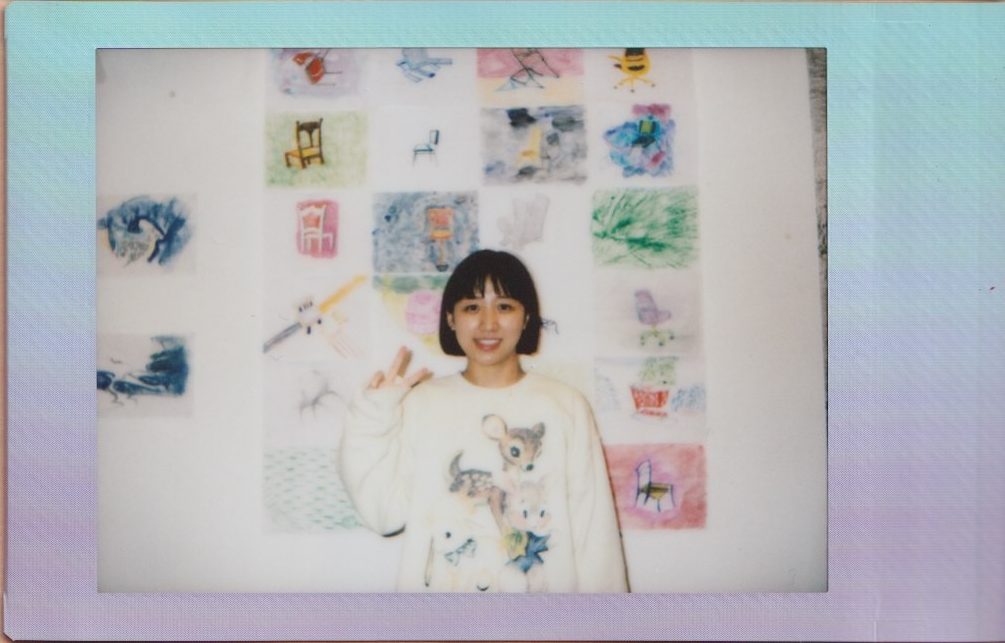

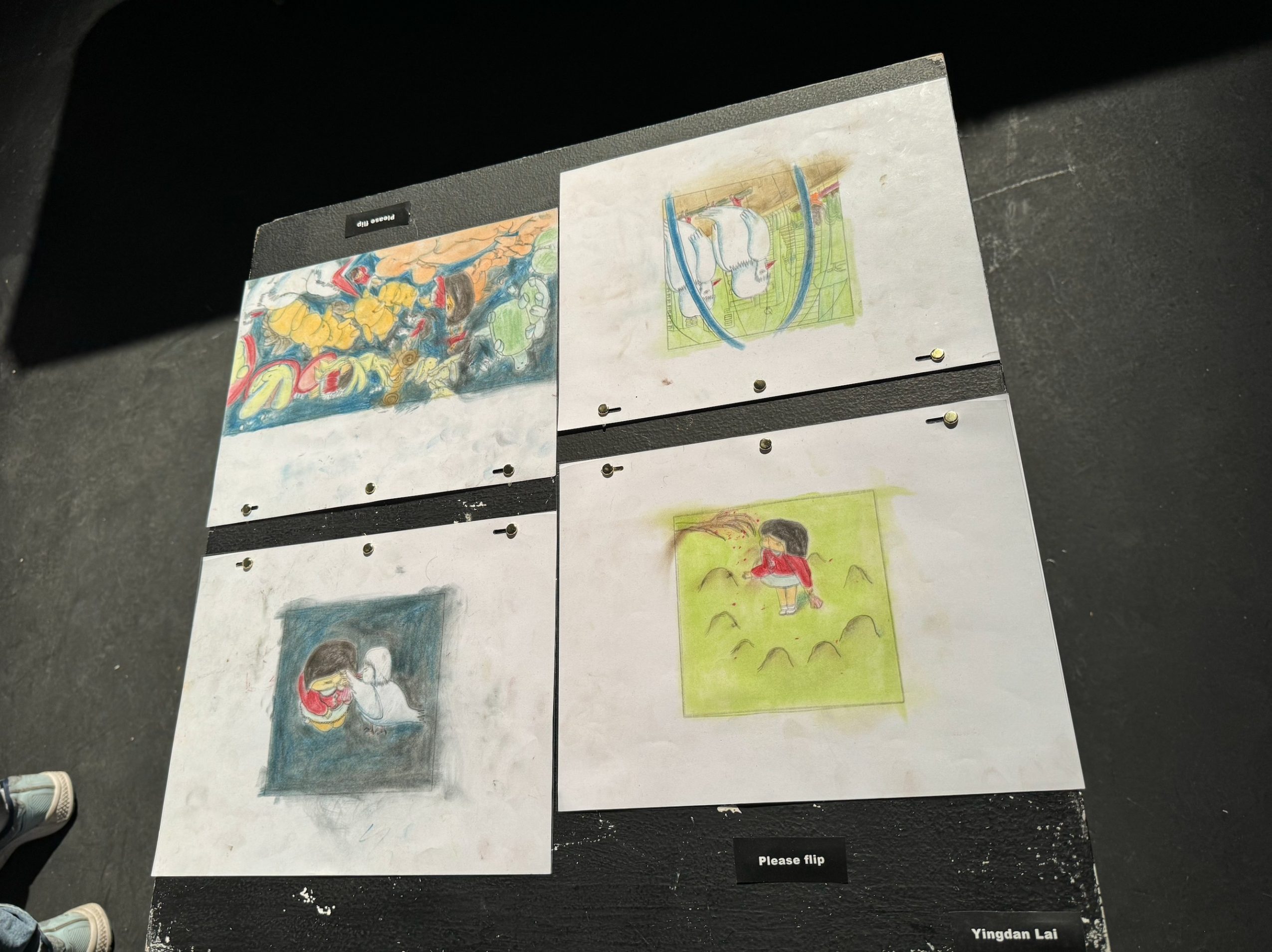

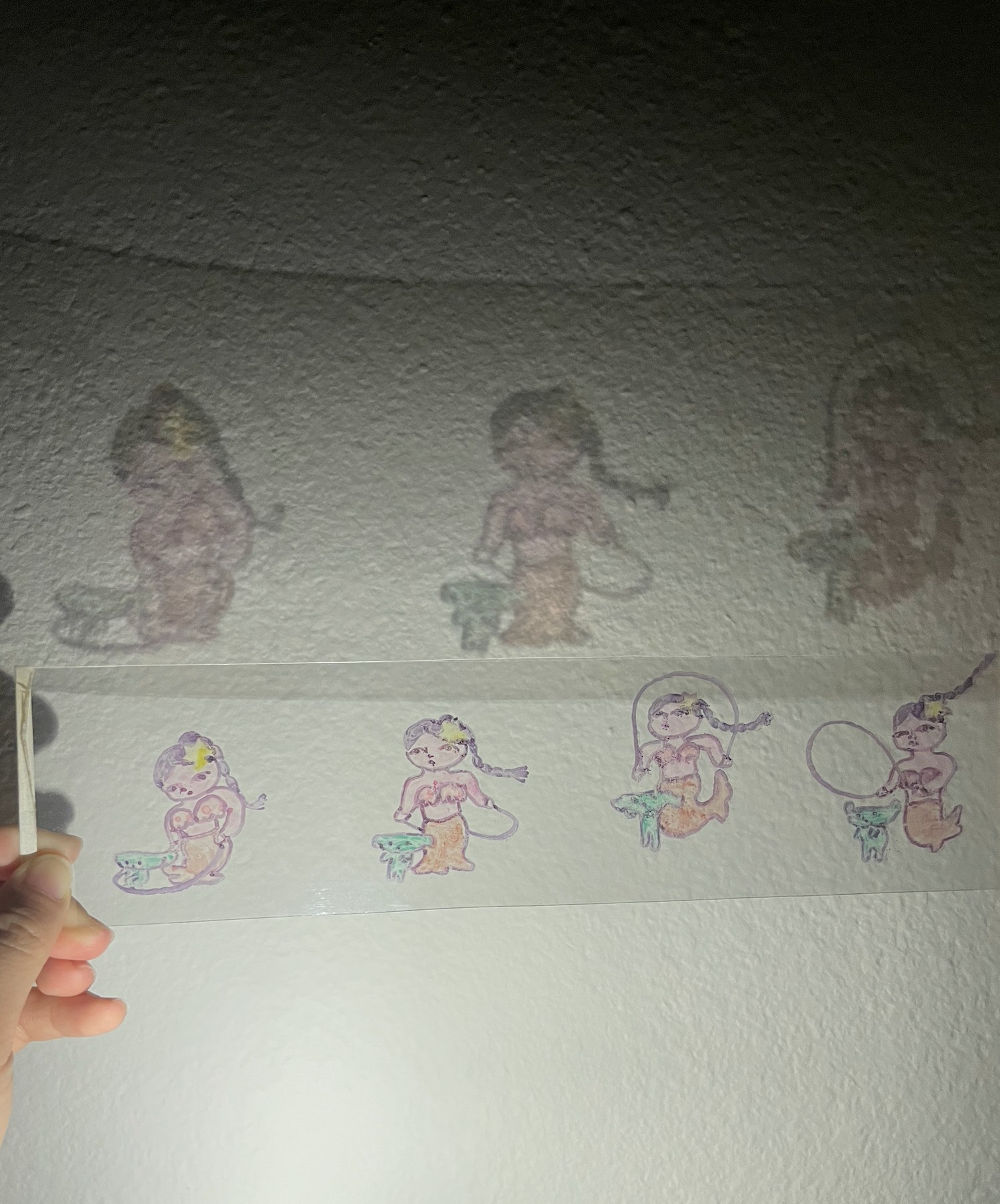
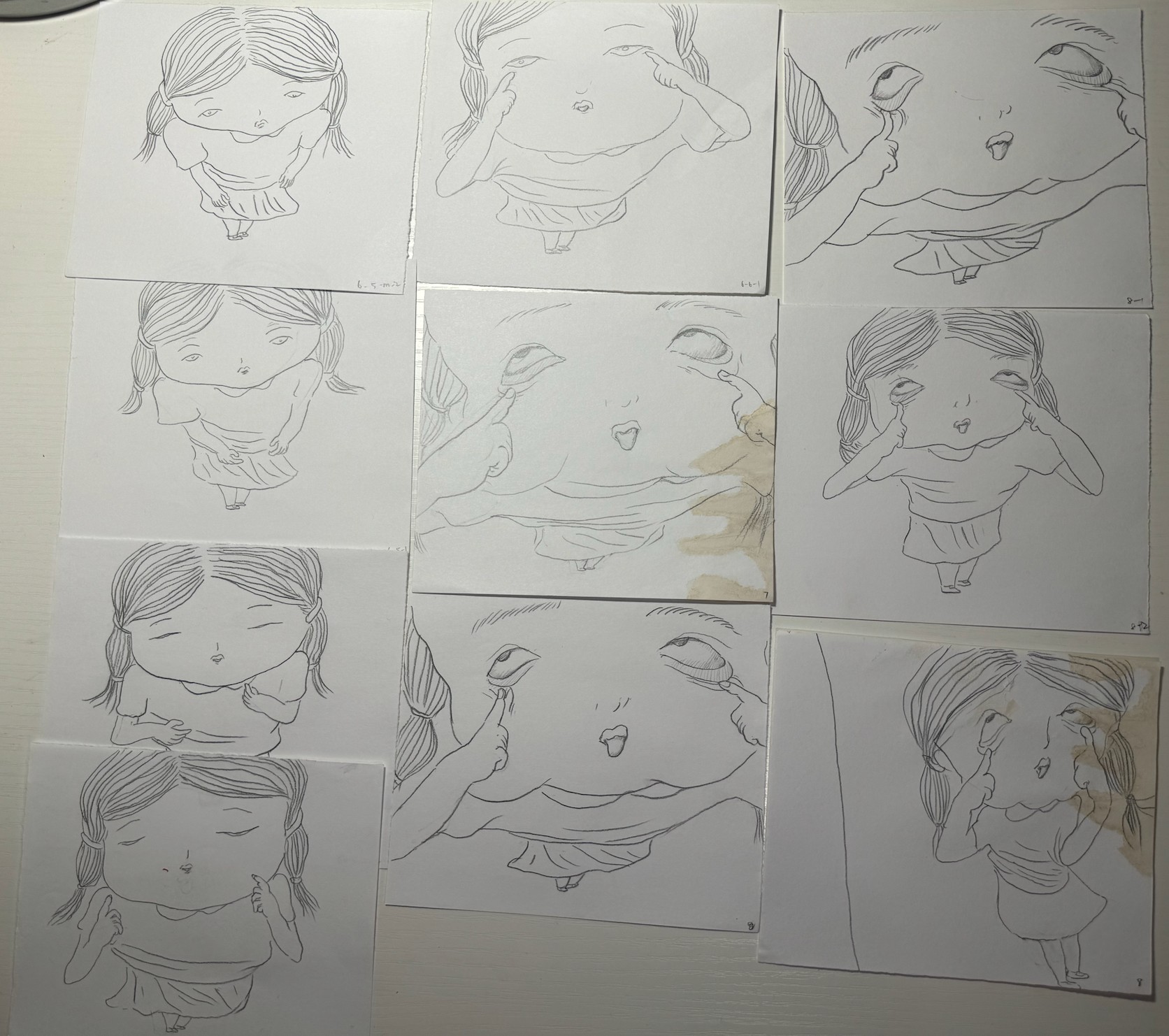
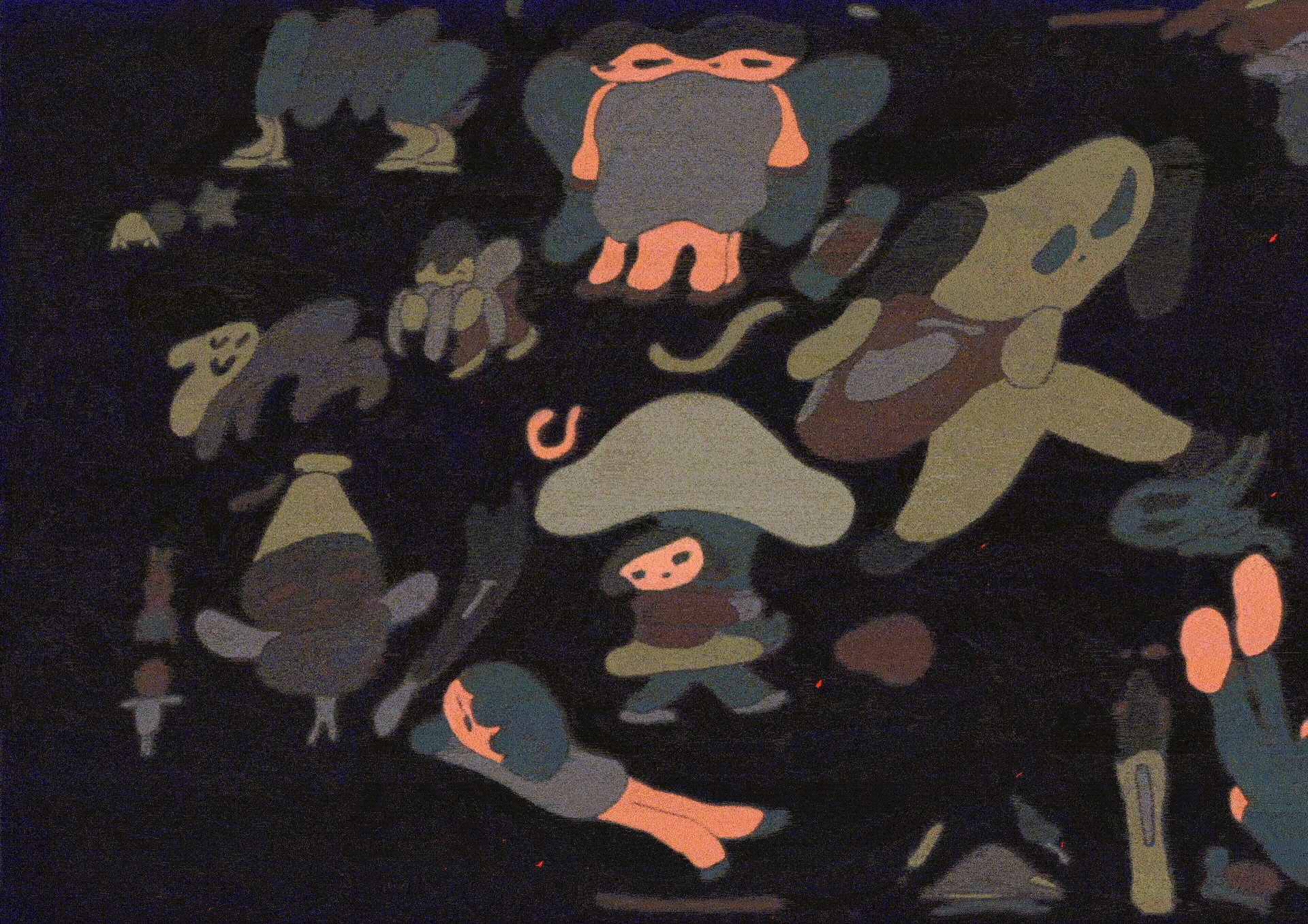
Image Credits
Wonguk Cho
Yingdan Lai


